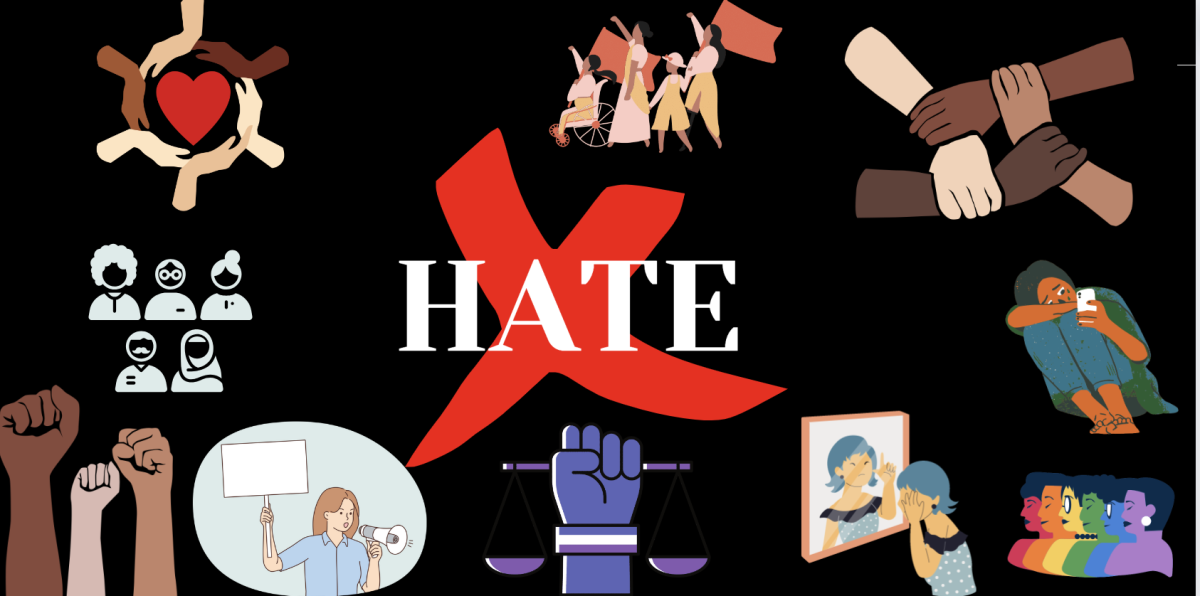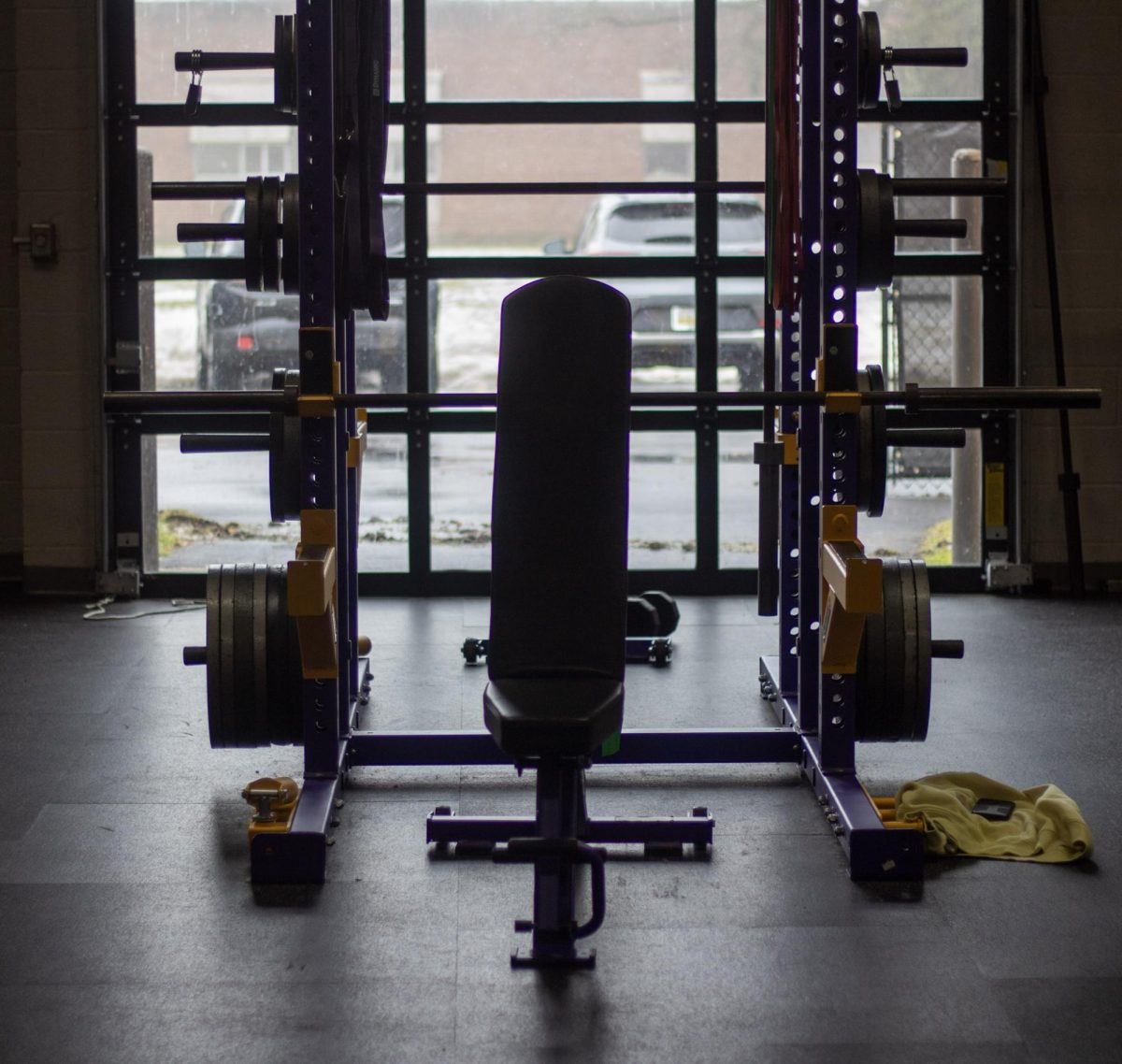The question of fairness between girls’ and boys’ sports is an ongoing issue. Title IX, enacted on June 23, 1972, is a US law that says no one can be treated differently based on their sex in schools that get federal money, including those in Michigan, are required to provide equal opportunities for both male and female students. But does that law really help within schools?
People sometimes argue that girls’ sports may be perceived as less fair than boys’ sports due to differences in physical strength and speed. However, it’s crucial to recognize that fairness is about creating an environment where everyone has equal opportunities to participate and compete at their best. Some different leagues and divisions aim to level the playing field based on factors like skill level rather than solely on gender. It’s an ongoing conversation, and efforts are being made to ensure fairness and inclusivity in sports for everyone.
One of the primary concerns is the need for more resources. Often, boys’ teams get more funding and better facilities. This can refer to both schools or outside of school. This all depends on what school and where the place is located. This can lead to better training opportunities and more exposure for boys’ teams. When interviewing Ashton Esterwood about equipment and his opinion, he says, “I think it concerns interest in people and what they want to watch. I think it should be fair for everybody at the end of the day. If you’re not supplied with the right things, you won’t be able to excel as far as you could’ve been if you had better resources.” This is related to better funding efforts from coaches for their sports teams. This is why it can be seen that boys’s teams get more facilities.
When interviewing a female athletic student, Iyla Weeks, with the same questions, she replies, “It’s really frustrating when it seems as though male sports have advantages in that space of how much money a team gets. I feel like most people underestimate female teams, and it affects the team itself because it shows that not everyone has the same motivation for them to get better, especially with sponsors and stuff. Males always get more sponsors, which puts female teams down. ” Sports teams all have the opportunity to fundraise, but little control over the success. Donations may be significant for a football team and less so for a volleyball team; however, the cost of football safety equipment far outweighs the cost of what is needed for volleyball. Female teams, like volleyball, have sponsors. Snap Raise is a fundraising organization that many schools use for that purpose. Every high school sports team and coach, regardless of gender, gets equal chances to raise funds and run concession stands for extra team money.
One of the main issues regarding gymnastics and dance-related sports is the need for more recognition and support compared to other sports. Cheerleading requires immense athleticism, skill, and dedication, yet it doesn’t receive the same respect as traditional sports. This can lead to less funding, fewer resources, and limited opportunities for these athletes. The comparison between boys ’ sports and girls’ cheerleading is a good example of inequality. Emma Sigman, the Varsity Cheer Coach, shares how unfairness between genders is more pronounced, “I think that maybe in football and cheer, gender unfairness becomes more pronounced. This could be due to the nature of the sports in general. Football tends to be very physical with tackling, and it is known that this sport requires a great deal of agility, power, and strength. Whereas cheer/gymnastics tends to be very flexibility, balance, and strength driven. The basis of these sports alone causes people to feel like football is more suitable for males and cheer/gymnastics is more suitable for females.”
She adds, “However, that doesn’t mean that as a society, we should frown upon a female athlete making the football team or a male athlete making the cheer team if that is what they wish. If that makes them happy and they want to play that sport, they should be able to do so without negative judgment.”
Recognizing that male and female sports deserve equal respect and resources is important. Sports participation follows MHSAA and NFHS rules. For instance, boys can’t play volleyball due to different net height regulations. All athletes should be given the same opportunities to excel and be recognized for their hard work, regardless of their sport. Coach Sigman adds, “I believe it is important for schools and sports organizations to prioritize gender equality across all sports. If an athlete is willing to work and condition for a sport that brings them joy and is passionate about it, they should be able to do that. Whether it is safe for the athlete to play in a game/competition is up to the coach’s discretion for that sport. But just as wrestling in the past has been predominantly male-driven, we are now seeing more and more females go out for that sport and be successful in something they love and are passionate about. Why can’t we do that across all sports?” This is a struggle that much of society still needs to overcome. We can help create a more inclusive and supportive environment for all high school athletes by advocating for fairness and equality.
Another issue is the difference in media coverage. Boys’ sports often receive more attention, leading to more recognition and opportunities for the athletes. Especially in high-profile games, like football and basketball, often receive more attention from local and national media. This heightened exposure can increase male athletes’ recognition, enhancing their prospects for scholarships and professional careers. In contrast, girls’ sports often receive a different level of coverage, which can limit their exposure and opportunities. Things are shifting, though. NCAA Volleyball got airtime on big networks, a new development. Plus, the popularity of women’s college basketball is climbing.
Matt Lehman, the athletic director, shares his thoughts on the media coverage issue. He says, “Media is driven by the interest of people. It really comes down to the eyes of the person watching. At the highest level, it comes down to money and advertising. For me, I’m not the media. I just push out information that the people of Concord can view. I make sure it’s equal and fair.”
Addressing these disparities requires a multi-faceted approach. It starts with recognizing the issue and advocating for equal opportunities, resources, and respect for all athletes, regardless of gender. Schools, athletic associations, and communities should continue to distribute funding, facilities, and media coverage equally as well as encourage equal support from our fan base.








